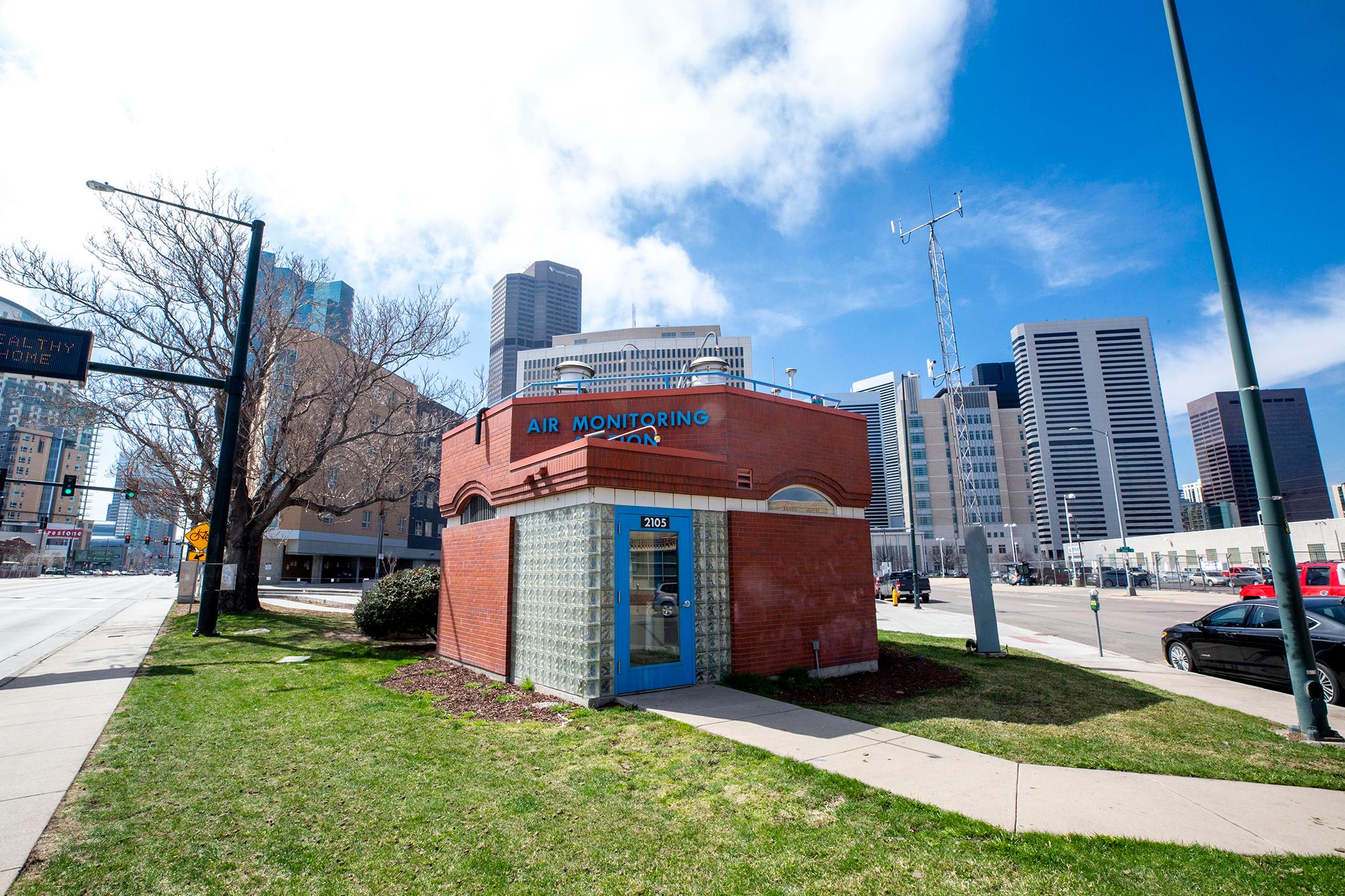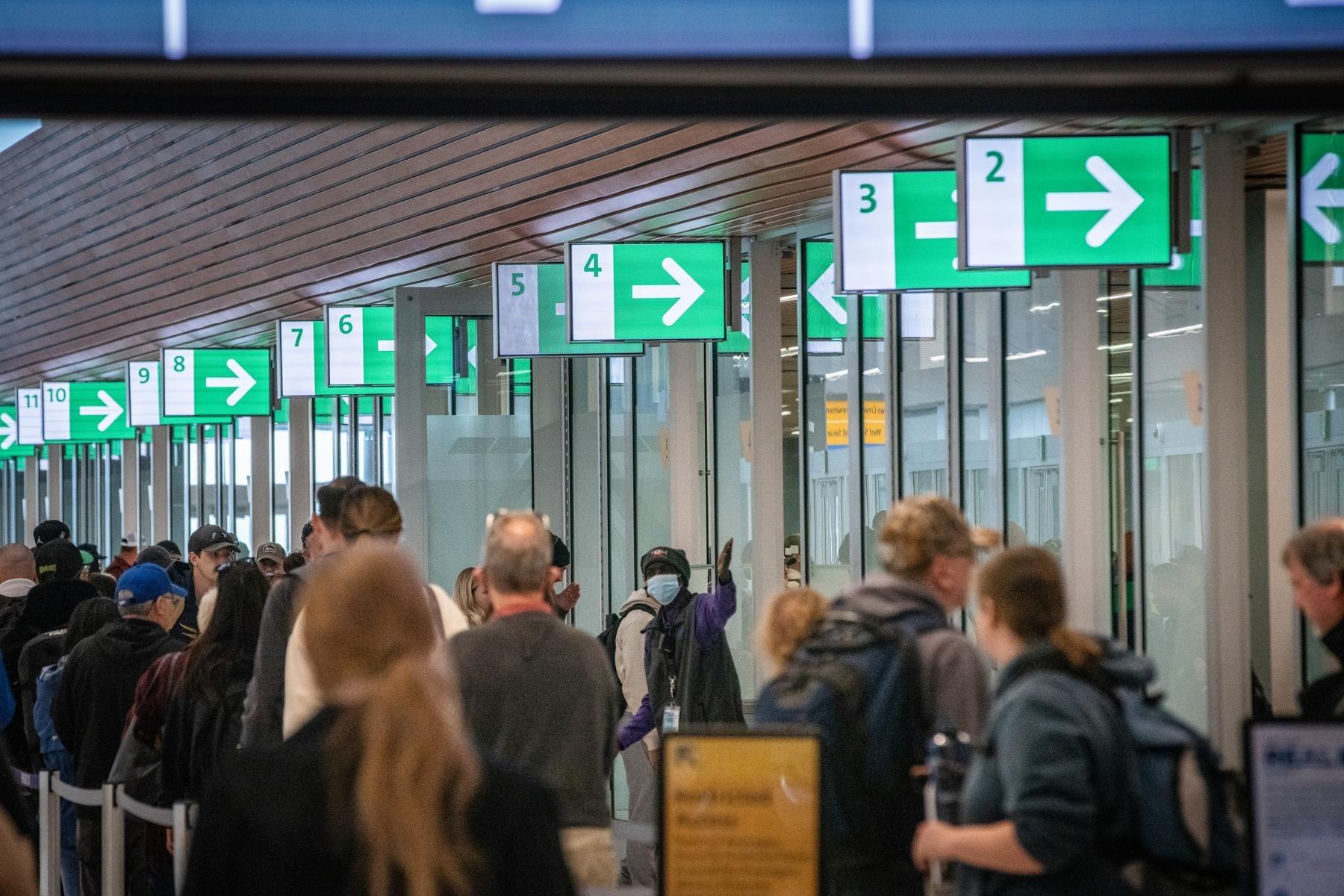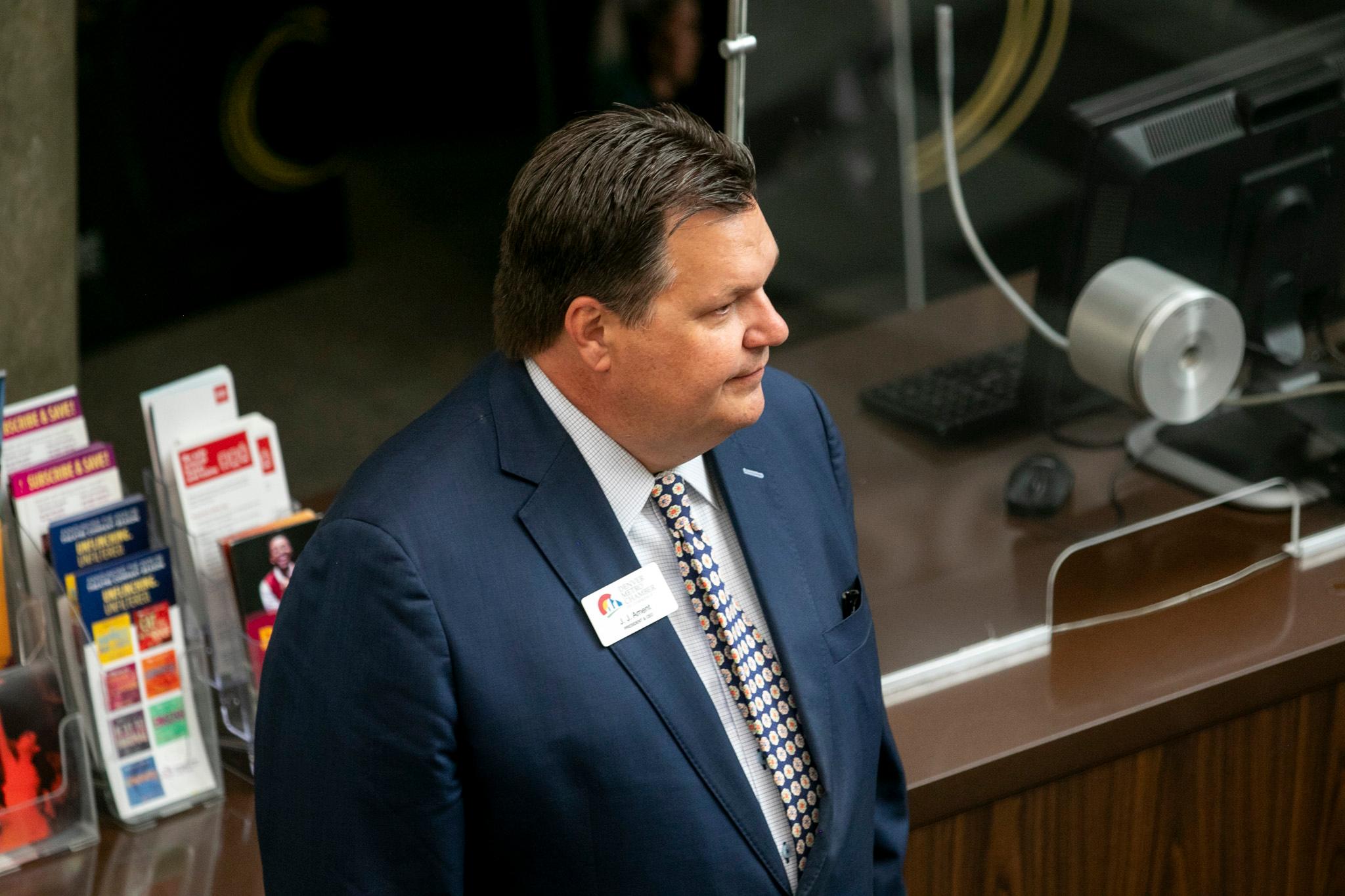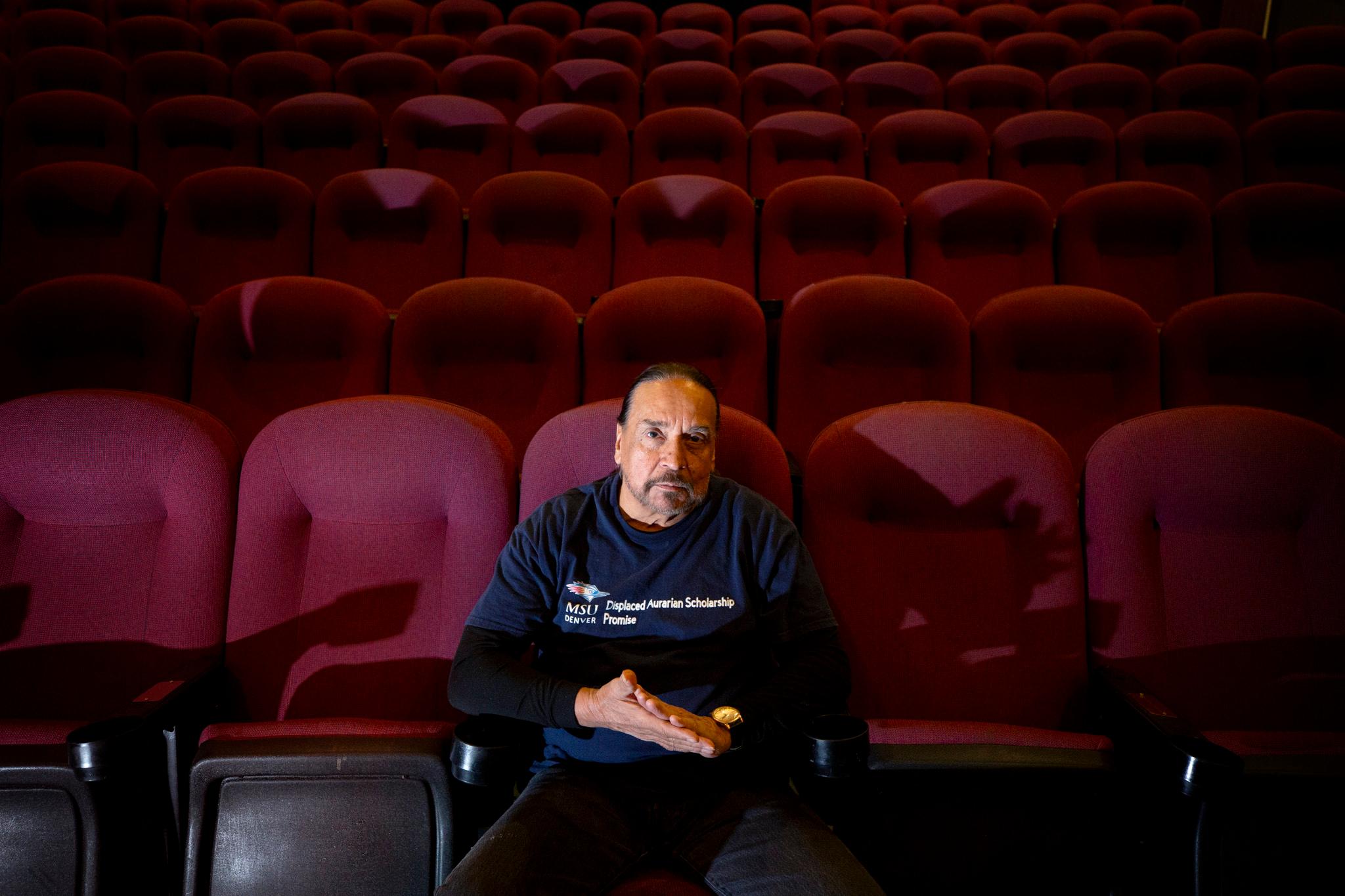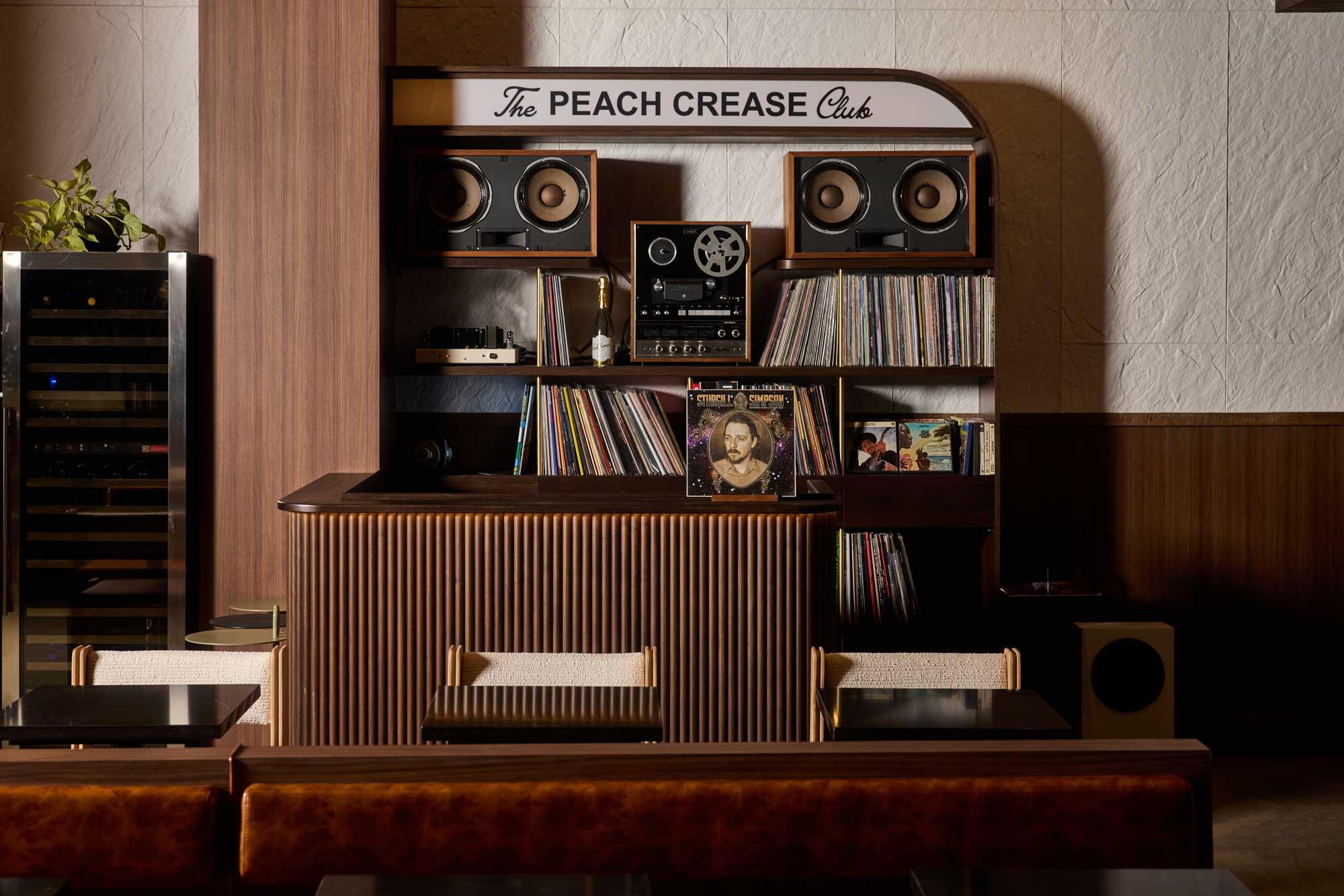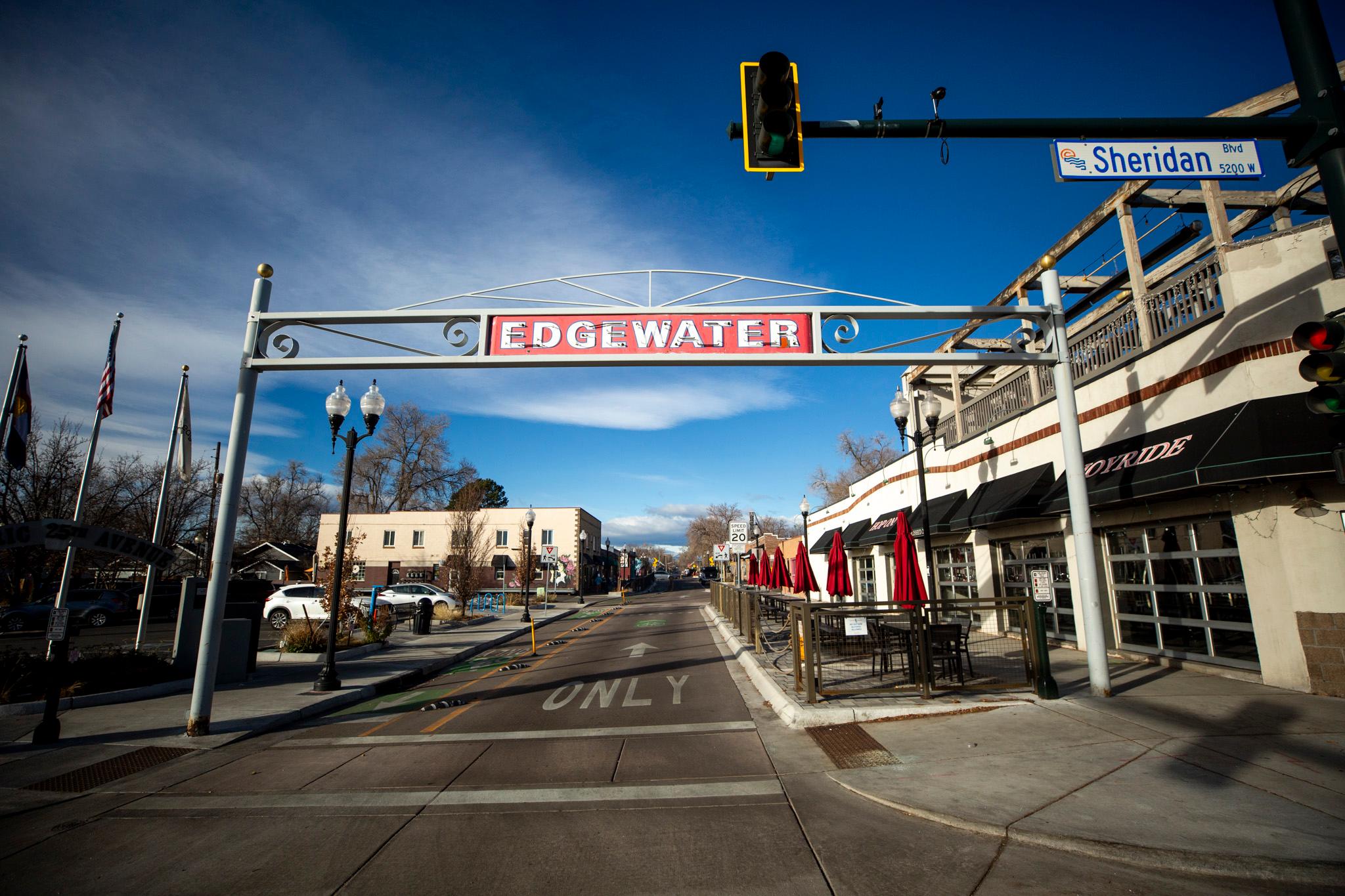Not all air pollution is created equal. That's one takeaway from a Denver air quality analysis by Scott Landes, supervisor of the Colorado Department of Public Health and Environment's meteorology and prescribed fire unit.
On the Thursday Zoom meeting of the Colorado Electric Vehicle Coalition, Landes laid out what he learned about nitrogen dioxide (NO2), a common tailpipe emission, and PM 2.5, particulate matter that measures smaller than 2.5 microns. He looked specifically at measurements taken by Denver's CAMP monitor, the charismatic little air station on Broadway downtown, between March 15 and April 12 over the last 11 years. He only analyzed years in that timeframe with equal numbers of weekdays and weekends, to keep things fair.
The TLDR: NO2 has dropped significantly over the last decade, but particulate matter has stayed constant.

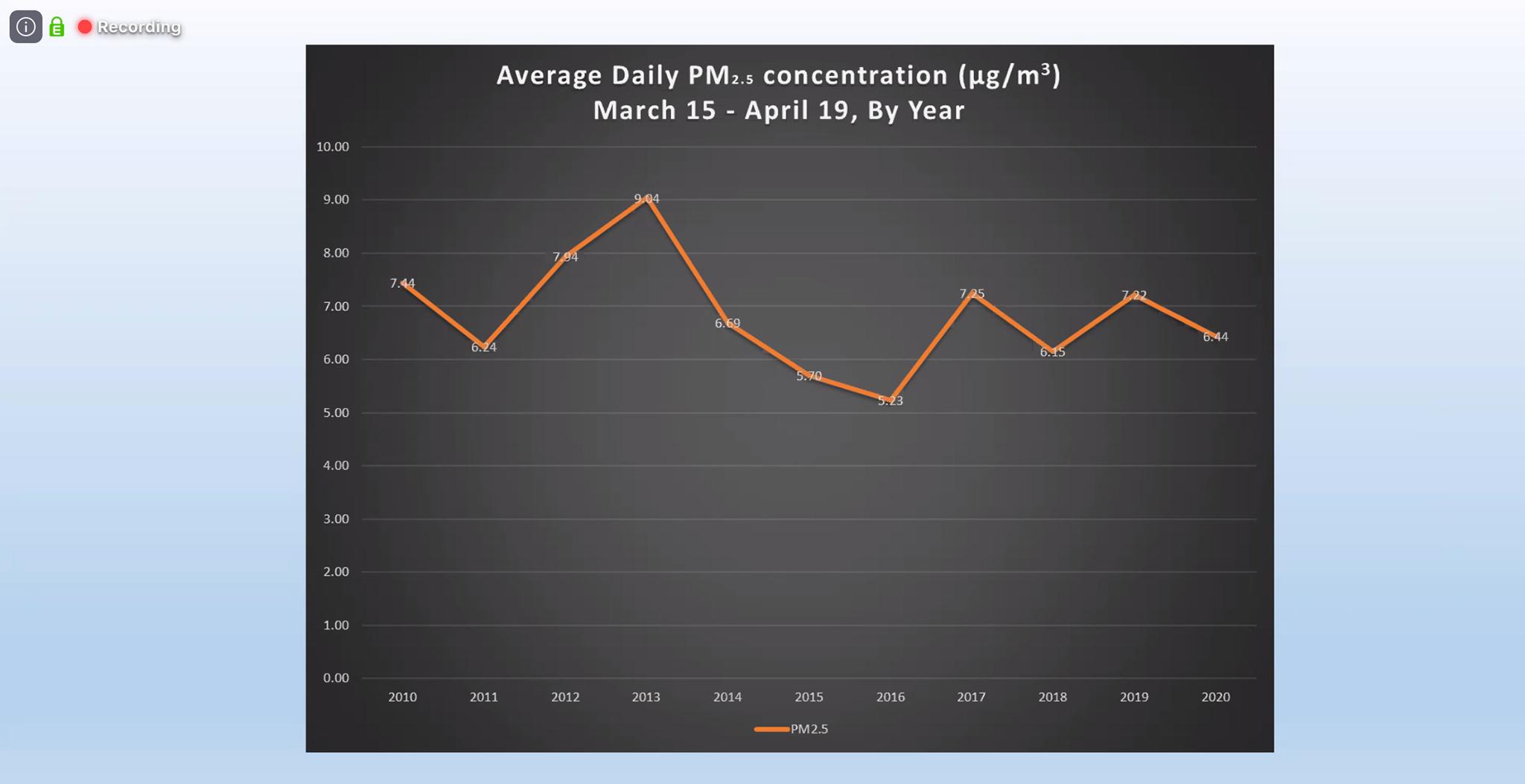
While NO2 can be more directly tied to traffic, which has dried up since coronavirus stay-at-home orders were put in place, particulate pollution comes from all kinds of sources. If we have a cold year, for instance, more people might be burning wood in their home fireplaces, and that would contribute to PM levels.
Researchers can't say for sure what causes pollution when they look at this monitoring data, just how much there is in the air, but Landes said NO2 likely continued to drop because of the stay-at-home orders. On the other hand, he said ongoing construction, which Denver deemed an essential service, can help explain why PM levels aren't lower this year.
"The answer is yes," he said. "It is definitely going to have an influence."
Landes also said NO2 probably dropped so much over time because of the number of electric vehicles on the road. A big drop between 2013 and 2014, he reckons, could represent a "tipping point" in how many zero-emissions vehicles were used in the metro area.

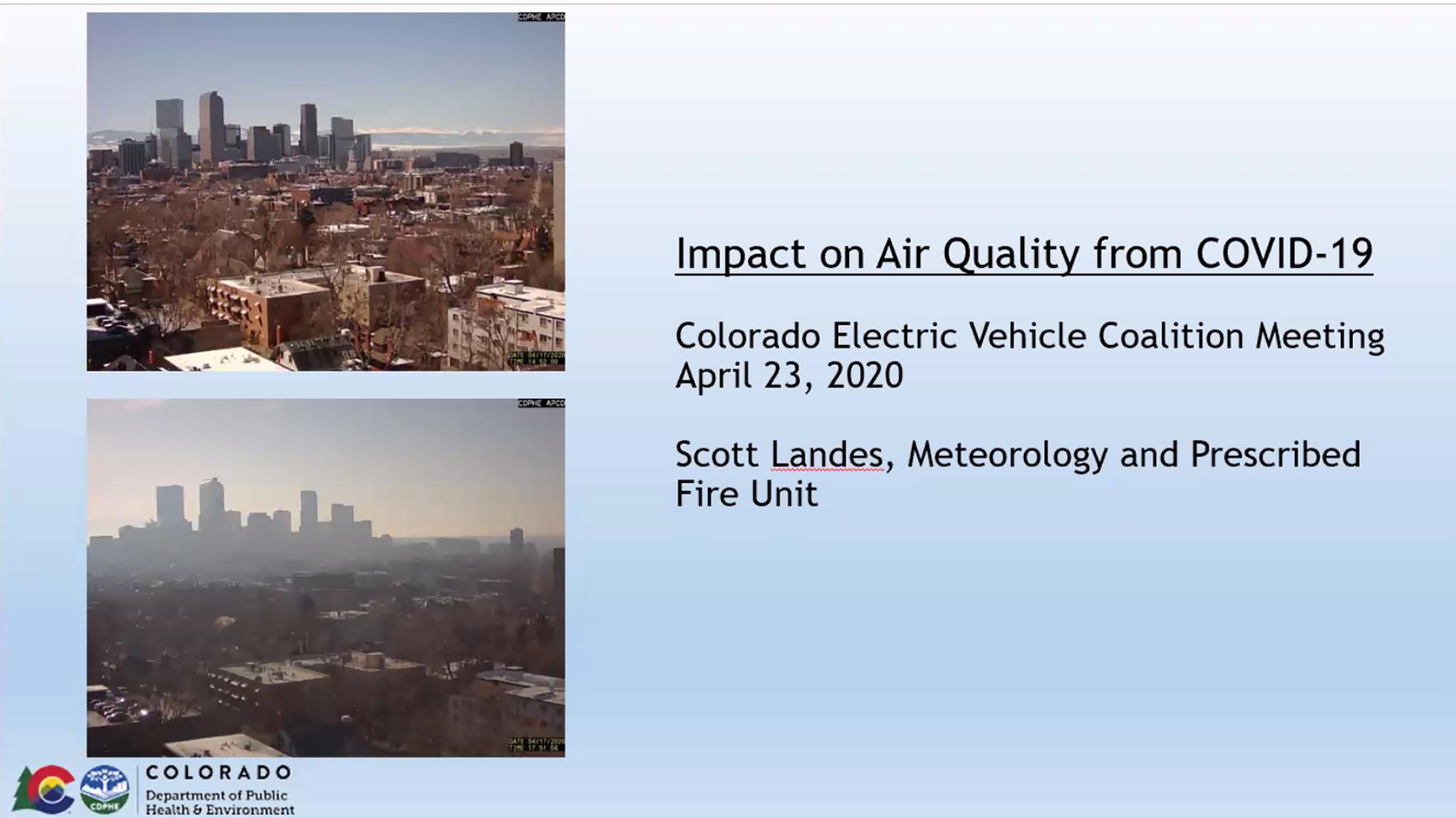
There are some caveats. Levels of air pollution are extremely dependent on the weather, and Landes said he didn't take those changes into account in his analysis.
One good example of that is how conditions can change in just a few hours. One of Landes' first slides showed two images from Denver's air quality camera. One shows crisp, clear conditions. The other shows a haze. The thing is: They were taken just three hours apart last Friday.
While construction may play into downtown air quality, Landes said it's more likely to be an issue in north Denver.
He told the meeting that he wasn't sure how much construction is actually going on near the CAMP monitor, but a look at the Globeville monitor, at the intersection of I-25 and I-70, might offer a more nuanced story. CDOT ramped up construction of the controversial I-70 expansion project since there have been less people on the roads.
Although Denverite is not a body of scientists, we do dabble in air analyses from time to time. We looked at the Globville monitor to see what we could learn.
The following charts use the same methodology as our last coronavirus air data crunch. Each line represents one week, averaged for each hour of the day. So the 8 a.m. slot represents every 8 a.m. in the given week.
To begin, we compared the first week in March with the last two weeks in March -- before and after social distancing was mandated.
NO2, the tailpipe emission, appeared to drop slightly between the before-times and the after-times. The most significant areas where we saw this change was around noon and 7 p.m., after normal rush hours.
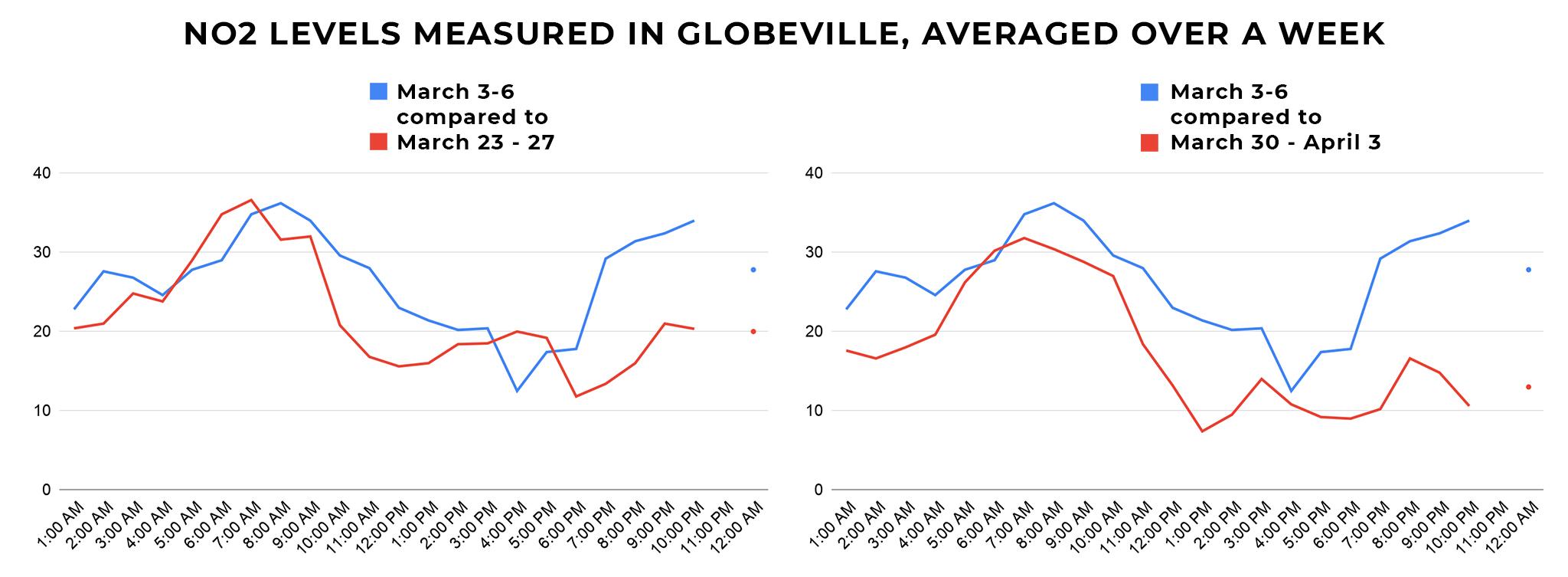
PM 2.5 appeared to drop between the first and fourth weeks of March during the middle of the day, though the evenings showed similar levels. It appeared to drop less between the first and third weeks of March, and even crests higher around 5 p.m.
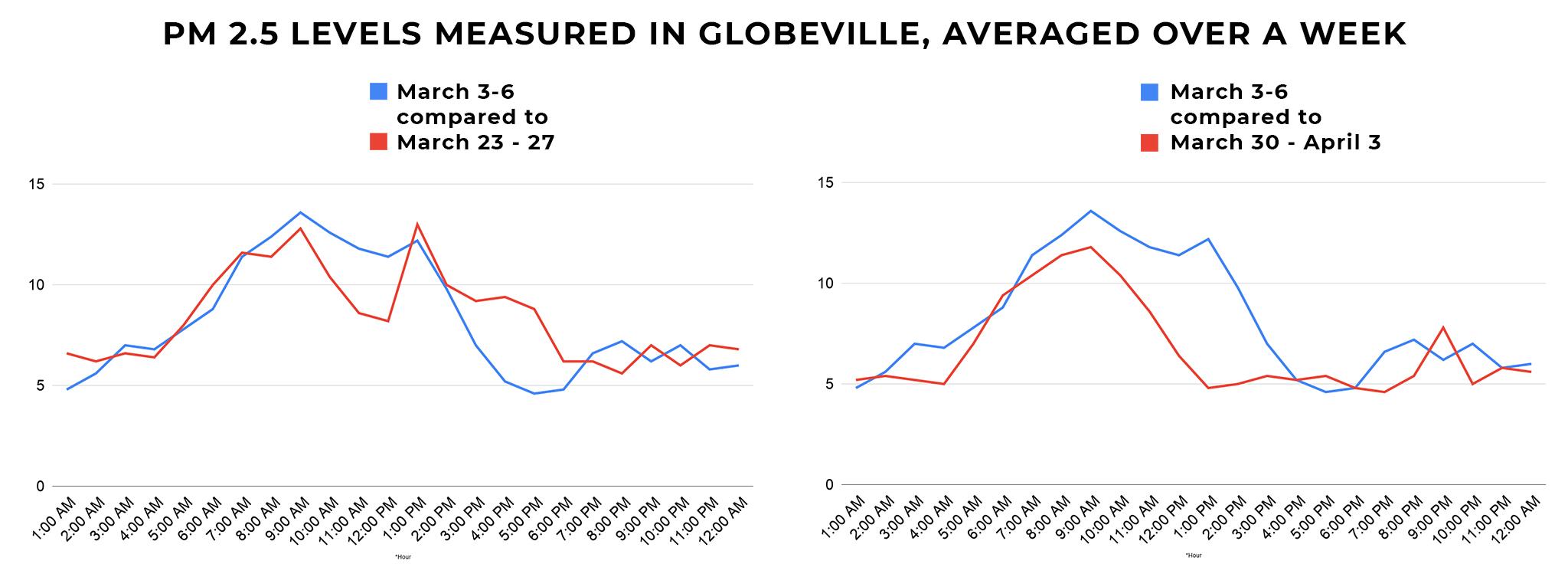
Again with the weather caveat: It's important to reiterate that changes in temperature and wind definitely do play into this.
But, for one last comparison, we looked at differences between PM and NO2 levels as the CAMP and Globeville monitors worked at the same time. The two stations would have experienced similar weather conditions during the times tracked by these next charts.


The differences are striking. Even if air pollution decreased across the board during social distancing, north Denver residents are still getting more of it than people who live downtown.
During the first week of March, the Globeville sensor picked up 30 percent more NO2 and PM 2.5 than was detected at CAMP. It's a similar divide for the last week of March. But between March 23 and 27, Globeville measured about twice as much NO2 and PM 2.5 than was detected downtown.
This is why activists have demanded that CDOT cease construction while people stay at home.
The Colorado Latino Forum was keyed in on environmental issues long before social distancing was mandated. Since the order came down, it's been asking that north Denver residents get a reprieve from construction-related stressors.
In a press release sent on April 14, member Ean Thomas Tafoya wrote the forum had presented Gov. Polis' Council on Economic Stabilization and Growth with a "list of demands." Among those demands, Tafoya wrote that the I-70 project should be paused.
"Latinos are more likely to work in 'essential' jobs and according to the Economic Policy Institute only 1 in 6 Latinos has the ability to telecommute," he wrote. "What does this mean? Latinos are expected to leave home, expose themselves and then return home to air pollution."
While Capitol Hill gets streets open to pedestrians, he continued, north Denver gets ever more construction.

